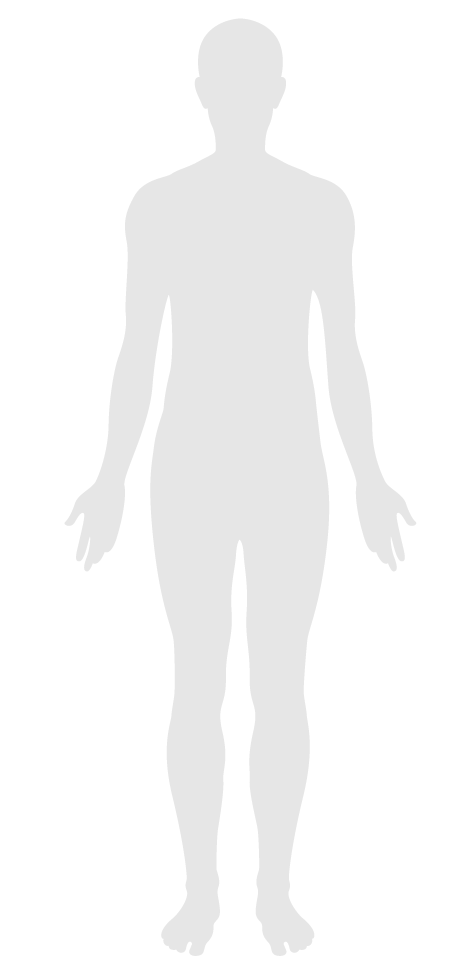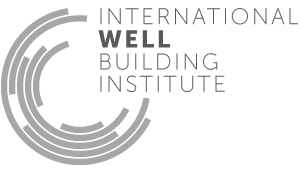Integrative design
- 83 Radiant thermal comfort
- 84 Health and wellness awareness
- 85 Integrative design
- 86 Post-occupancy surveys
- 87 Beauty and design I
- 88 Biophilia I - qualitative
- 89 Adaptable spaces
- 90 Healthy sleep policy
- 91 Business travel
- 92 Building health policy
- 93 Workplace family support
- 94 Self-monitoring
- 95 Stress and addiction treatment
- 96 Altruism
- 97 Material transparency
- 98 JUST organization
- 99 Beauty and design II
- 100 Biophilia II - quantitative
- 101 Innovation feature I
- 204 Impact reducing flooring
- 205 Health through housing equity
85. Integrative design
A truly collaborative design process ensures that construction and upkeep of a space follows the original expectations and goals for the building. Including wellness throughout the design process guarantees that health-promoting criteria are understood by everyone creating and using the space.
This feature requires all stakeholders to meet at various points throughout the project development – pre-design planning, design development, construction and post-construction – to determine and ensure adherence to the collective wellness goals.
A written document detailing the building’s health-oriented mission is produced with the consent of all stakeholders and incorporate all of the following:
Upon construction completion, the designers, owners, managers and facilities staff must:
Employers provide the following:

Applicability Matrix
| Core & Shell | Tenant Improvement | New Construction | |
|---|---|---|---|
| Part 2: Development Plan | P | P | P |
| Part 3: Stakeholder Orientation | P | P | P |
| Part 3: Family Support | - | O | O |
| Commercial Kitchen | Schools | Multifamily Residential | Restaurant | Retail | |
|---|---|---|---|---|---|
| Part 2: Development Plan | P | P | P | P | P |
| Part 3: Stakeholder Orientation | P | P | P | P | P |
| Part 3: Family Support | - | O | - | O | O |
Verification Methods Matrix
| Letters of Assurance | Annotated Documents | On-Site Checks | |
|---|---|---|---|
|
PART 2 (Protocol) Development Plan |
Policy Document | ||
|
PART 3 (Protocol) Stakeholder Orientation |
Policy Document | ||
|
PART 3 (Protocol) Family Support |
Policy Document |
| 85.1.b |
USGBC's LEED BD+C: Healthcare requires the generation of an Owner’s Project Requirements (OPR) document that outlines ways to optimize occupant health. |
